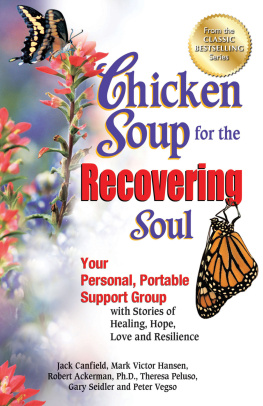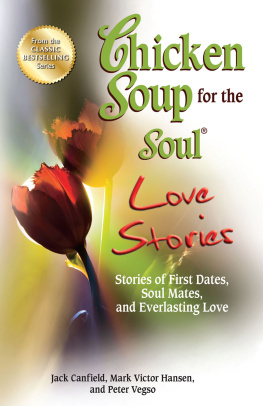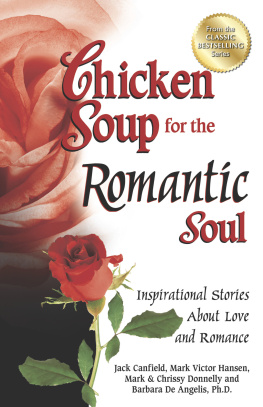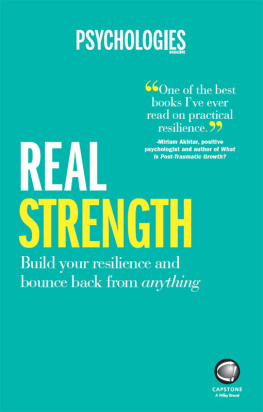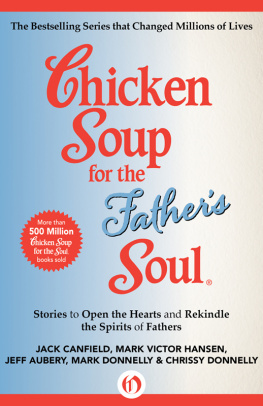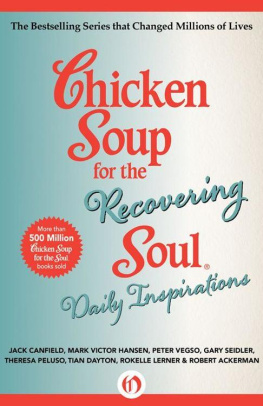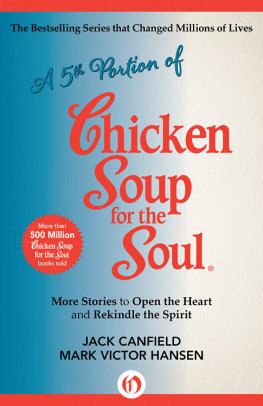

Copyright 2004 by Robert Brooks and Sam Goldstein. All rights reserved. Except as permitted under the United States Copyright Act of 1976, no part of this publication may be reproduced or distributed in any form or by any means, or stored in a database or retrieval system, without the prior written permission of the publisher.
ISBN: 978-0-07-150546-8
MHID: 0-07-150546-6
The material in this eBook also appears in the print version of this title: ISBN: 978-0-07-143198-9, MHID: 0-07-143198-5.
All trademarks are trademarks of their respective owners. Rather than put a trademark symbol after every occurrence of a trademarked name, we use names in an editorial fashion only, and to the benefit of the trademark owner, with no intention of infringement of the trademark. Where such designations appear in this book, they have been printed with initial caps.
McGraw-Hill eBooks are available at special quantity discounts to use as premiums and sales promotions, or for use in corporate training programs. To contact a representative please e-mail us at bulksales@mcgraw-hill.com.
TERMS OF USE
This is a copyrighted work and The McGraw-Hill Companies, Inc. (McGraw-Hill) and its licensors reserve all rights in and to the work. Use of this work is subject to these terms. Except as permitted under the Copyright Act of 1976 and the right to store and retrieve one copy of the work, you may not decompile, disassemble, reverse engineer, reproduce, modify, create derivative works based upon, transmit, distribute, disseminate, sell, publish or sublicense the work or any part of it without McGraw-Hills prior consent. You may use the work for your own noncommercial and personal use; any other use of the work is strictly prohibited. Your right to use the work may be terminated if you fail to comply with these terms.
THE WORK IS PROVIDED AS IS. McGRAW-HILL AND ITS LICENSORS MAKE NO GUARANTEES OR WARRANTIES AS TO THE ACCURACY, ADEQUACY OR COMPLETENESS OF OR RESULTS TO BE OBTAINED FROM USING THE WORK, INCLUDING ANY INFORMATION THAT CAN BE ACCESSED THROUGH THE WORK VIA HYPERLINK OR OTHERWISE, AND EXPRESSLY DISCLAIM ANY WARRANTY, EXPRESS OR IMPLIED, INCLUDING BUT NOT LIMITED TO IMPLIED WARRANTIES OF MERCHANTABILITY OR FITNESS FOR A PARTICULAR PURPOSE. McGraw-Hill and its licensors do not warrant or guarantee that the functions contained in the work will meet your requirements or that its operation will be uninterrupted or error free. Neither McGraw-Hill nor its licensors shall be liable to you or anyone else for any inaccuracy, error or omission, regardless of cause, in the work or for any damages resulting therefrom. McGraw-Hill has no responsibility for the content of any information accessed through the work. Under no circumstances shall McGraw-Hill and/or its licensors be liable for any indirect, incidental, special, punitive, consequential or similar damages that result from the use of or inability to use the work, even if any of them has been advised of the possibility of such damages. This limitation of liability shall apply to any claim or cause whatsoever whether such claim or cause arises in contract, tort or otherwise.
In loving appreciation of my parents, Nathan and Sarah, and of the life they worked so hard to create for me. And, as always, to my family, Janet, Allyson, and Ryan.
S.G.
Resilience springs forth from our connections with others. I am grateful to my parents, Eva and David, for having served as models of unconditional love; to my wife, Marilyn, for her unwavering support and love; to my sons, Rich and Doug, for continually enriching my life; to their wonderful wives, Cyble and Suzanne, for enhancing this enrichment; and to my first grandchild, Maya Kaitlyn, for whom I wish a lifes journey filled with love, joy, and hope.
R.B.
Thanks to Kathleen Gardner for unfailing support and editorial assistance; to our agent, James Levine; and our editor, Matthew Carnicelli.
R.B.
S.G.
Contents
Preface
A five-year-old child watched helplessly as his younger brother drowned. In the same year, glaucoma began to darken his world, and his family was too poor to afford the medical help that might have saved his sight. Both of his parents died during his teens. Eventually he was sent to a state institution for the blind. Because he was an African-American he was not permitted access to many activities, including music. Given the obstacles he faced, one could not have predicted that he would someday become a world-renowned musician. His name is Ray Charles.
In an interview he poignantly observed, My mom, to me, was the most fantastic woman in the world. As I think of her today, she didnt have a lot of what people say youre supposed to have. I mean, she didnt have a college education. She only went to fifth grade. We were in a very small town and very poor, and there were no such things as psychologists to teach her how to raise a kid who was an oddity in that town. I was the only blind kid in this little town, so that made me odd to all the other kids. But my mom, she somehow knew that theres nothing wrong with my brain. I just couldnt see.
The words of Ray Charles reflect the power of parents to nurture a resilient mindset in their children. In our books Raising Resilient Children: Fostering Strength, Hope, and Optimism in Your Child and Nurturing Resilience in Our Children: Answers to the Most Important Parenting Questions, we emphasized that for children to develop resilience required what the late psychologist Dr. Julius Segal called a charismatic adult, an adult from whom they gathered strength.
Though our two books focused on what adults could do to nurture hope and resilience in children, many adults have asked us how to develop and maintain a resilient mindset and lifestyle of their ownnot just as parents, but in all aspects of their lives.
Interest in applying the concept of a resilient mindset to adults was not unexpected. We have responded to these questions for years. However, the theme of resilience has found a more prominent place in our landscape since the terrorist attacks of September 11, 2001, which provoked anger, sadness, and anxiety in Americans. The word resilient has increasingly appeared in the media and in numerous speeches by government leaders, often to describe the people of New York and the United States.
In research literature, resilience has been conceived of as a buffering process, one that may not eliminate risks or adverse conditions but does help individuals deal with them effectively. However, as author and researcher Dr. Emmy Werner has suggested, resilience may also reflect the concept of reserve capacity. That is, a resilient mindset helps us prepare for future adversity and enables the potential for change and continued personal growth throughout our lives.
Dr. Werners perspective encourages us to adopt a more comprehensive view of resilience. Although the term resilience has typically been reserved for people who have overcome great adversity, such as Ray Charles, it is a concept that should apply to every person. We can never predict with certainty who will face great pressure and hardship. While we know that particular factors in childhood contribute to stress and vulnerability, such as poverty or domestic violence, we also know that some children and adults, leading seemingly calm lives filled with love, may suddenly face unexpected situations that tax their mental and physical health. As a vivid illustration, think of the many children, husbands, wives, and parents who lost loved ones on the morning of September 11, 2001. They have to deal not only with the painful loss of a cherished relative but with all of the uncertainties associated with not having a spouse, child, or parent in their lives.
Next page

